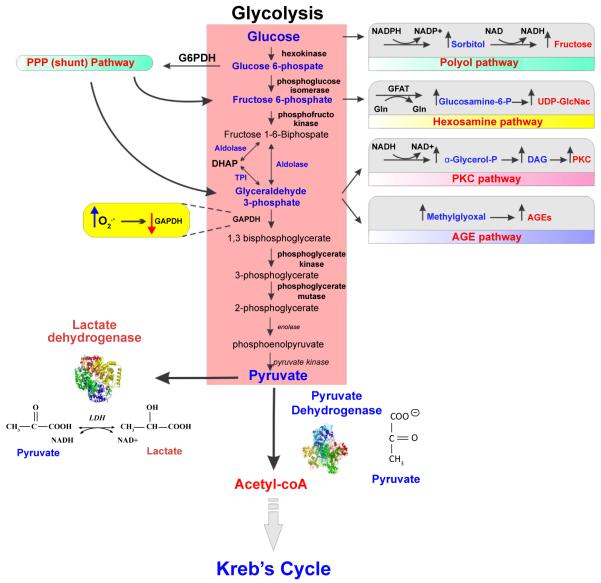Figure 3. Glucose metabolism and oxidative stress.
Glucose metabolism and energy production starts with glycolysis where glucose undergoes a series of metabolic steps to produce pyruvate. Pyruvate can either enter Kreb’s cycle for further metabolism processing and energy production via aerobic pathways or get converted to lactate (ending its metabolic transformation). The intermediates formed during glycolysis can enter into different pathways of metabolism such as Pentose phosphate pathway (PPP), Hexosamine biosynthetic pathway (HBP), Protein kinase C pathway and advanced glycation end-product pathway (AGE). Glucose itself can also enter polyol pathway instead of glycolysis to form fructose. Altered glycaemia can hamper/affect any of these other pathways of glucose metabolism, leading to oxidative stress and potential cell damage.

